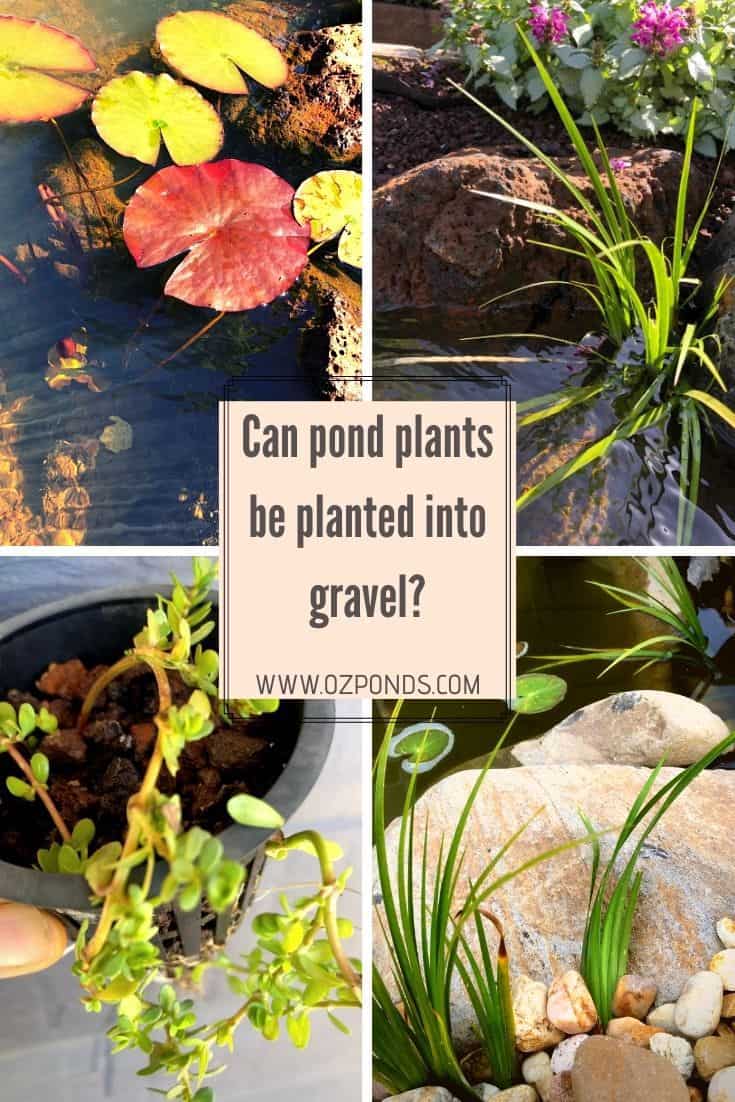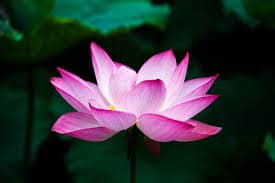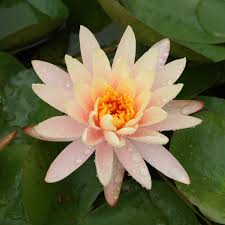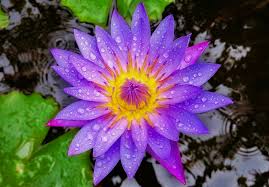Absolutely. The majority of your pond plants can be planted directly into the rocks and gravel of the pond.
This allow them to soak up nitrate and other nutrients directly from the water rather than from potting soil.
The only plants i don’t plant into the gravel and rocks are water lilies and lotus.
Planting pond plants in gravel helps keep algae at bay
Algae needs sunlight and nutrients to thrive. There isn’t too much you can do about the sunlight, but we can restrict access to nutrients.
First off anything organic we add to the pond, including potting soil will breakdown and release nutrients into the water.
Algae is very opportunistic and fast growing.
Usually the first thing you notice is the water starts to go green.
This is fast growing single celled algae. If the singled celled algae can’t bring the nutrients under control other more advanced algae will begin to grow.
So just by not using potting soil for the plants we are removing one potential source of nutrients.
Of course the fish will add nutrients.
As will leaves, dust and pollen that is blown into the pond.
All these things build up different levels of nitrogen.
There are special nitrifying bacteria that will help process the nitrogen.
This process is called the nitrogen cycle.
At the end of the process we are left with nitrate.
The only way to dilute or remove nitrate is through a water change or plants absorbing it.
I prefer the plants. It’s less effort. I am lazy!
Because there is no soil for the roots they absorb the nitrate from the water.
You want to aim for a good selection of plants.
If possible you want something active at all times. Another tip is to thin them and remove old plant material.
This will encourage new growth, which absorbs nutrients faster.
If you need some plant ideas, check out my 40 awesome pond plant article.
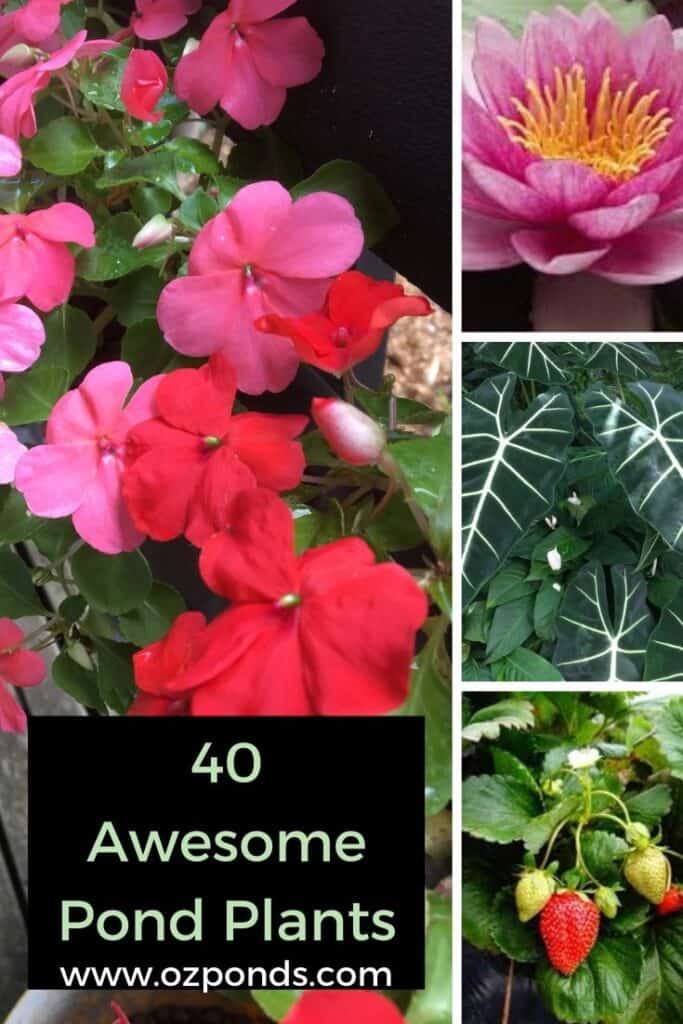
Why you shouldn’t plant water lilies and lotus in gravel
Lotus and water lilies are heavy feeders. So it can be tempting to plant them directly into the rocks and gravel.
But they are very aggressive!
The pond will become a giant pot. They will take over the whole pond!
Both grow from tubers. Throughout the growing season they multiply.
They need to be thinned out every one or two years.
Both go dormant in winter. So this is when you want to thin them out.
I don’t know about you, but I don’t wanna be in my pond in winter. Its cold!
It’s much easier to plant them in a lily basket or pot. Then I can pull that up and divid the tubers as necessary.
Another reason I like to grow them in a pot is I can add a little potting soil in the pot. This Will give you better blooms and more leaves throughout the season.
I don’t grow lotus or lilies for their nutrient consuming abilities. I look at them more as ornamental.
Although I will say the leaves are a great source of shade, which is incredibly useful during the summer.
Remember algae needs sunlight to thrive. So even though I don’t plant them for their ability to remove nutrients, they still help keep algae at bay.
The shade also keeps the water temperature cooler. Algae prefers warm water.
What if the fish keep digging the plants up?
On all my ponds I use bog filters. A bog filter is a natural filter that mimics a natural wetland or bog.
This is a perfect way to be able to incorporate the benefits of plants in gravel without the risk of fish digging them up.
A good bog filter works by pumping water into the bottom of a container or “bog’ pond. The water percolates up through various grades of rocks and gravel.
One of the major benefits of rocks and gravel is that they provide an abundance of growing area for the nitrifying bacteria.
Remember these are the little guys thats are helping to process all the nitrogen in the pond.
Anyway they are really effective when positioned in the filter itself. The water is forced up through all the bacteria, then the plants can be planted directly into the water.
Because the bog filter is seperate from the pond the fish can’t get in there. Although don’t be surprised if you find some babies in there one day 😉
The plants in the bog filter of course are excellent at removing nutrients but the roots also from an excellent sediment trap.
This means cleaner, clearer water.
If you are interested in learning more about bog filters you can read my article on them.
What to do if your pond plants aren’t growing?
Just have patience.
A lack of nutrients wont kill your pond plants. They might not thrive but they will survive.
A new pond will take time to find a balance and for nutrient levels to sustain lots of plant growth.
Enjoy it.
As the pond ages and the nutrient level increases the plants will take off.
Now you have more work to do.
The only plant I even consider adding fertiliser to is the water lilies (a tablet pushed deep into the root system). The rest can fend for themselves.
If you have a constant problem growing pond plants you might want to read my article ‘why are my pond plants dying?’
Hopefully this article was helpful.
You might like to join my mailing list where I share pond money saving tips and discounts on related pond equipment. If so click the button below.
Thanks for reading 🙂

